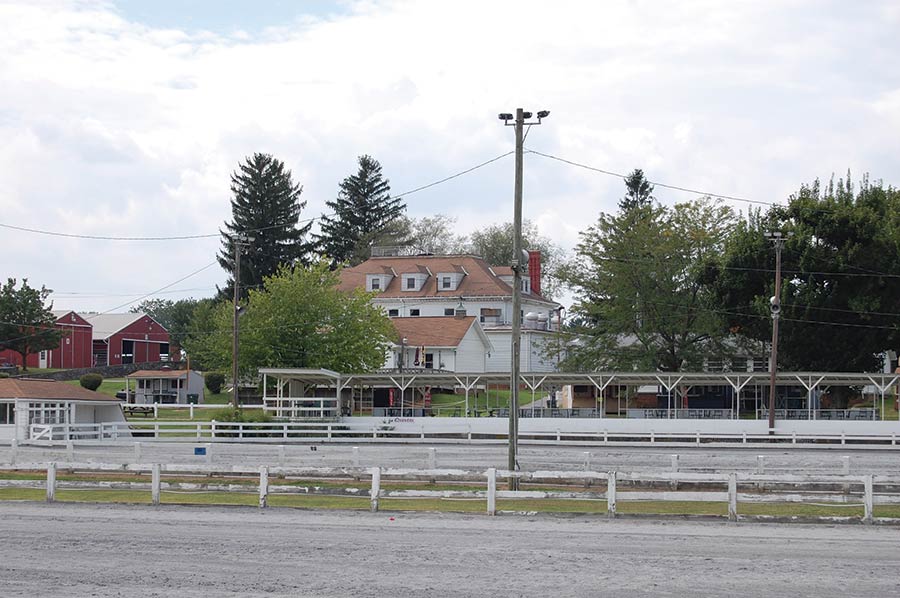
Originally published at Leb.Town
With the fate of the Quentin Riding Club hanging in the balance, a vote held by the club membership continues the historic 46-acre site as an active equestrian facility.
The club membership met December 28 at the Navy Club in Lebanon, PA, as three entities presented their case and plans for taking ownership of the site. The presenting groups were kept outside the room for each other’s presentations, giving the audience a clearer sense of each group’s specific vision for the facility.
The winning proposal was made by Alisa Pitt of ALP Equine Massage and Athletic Recovery Therapy, spokesperson for a group that is interested in making the property a public equestrian facility. Other proposals include a group led by local businessman Fred Laurenzo and a consortium led in part by former Quentin Riding Club president Larry Minnich.
Club president Greg Shaffer confirmed the vote in a phone interview, noting that he thought the new consortium represented a good balance of tradition and innovation, saying that they would “combine the Quentin legacy and pride with a modern and more open business model.” The facility has always been a private club; this would be the first time in its long history that the club would be a public facility.
Shaffer said that the individuals involved with the group had all achieved success in their own fields of equine activity, and “each of them has either shown at Quentin or trained others at Quentin.
“They have a deep love for Quentin and they want to see Quentin stay equine, they want to see it restored, and they want the legacy of Quentin to be seen by the younger generation and generations to come,” he said.
The restaurant and bar are also set for an overhaul, with an as-of-yet unnamed restaurateur set to take over both and transform them into a public establishment.
The Quentin Riding Club has been effectively shut down since this fall when it succumbed to mounting financial pressures. The riding club did not conduct a membership renewal campaign this winter for 2019.
Of its asking price, Shaffer noted that the club had been willing to recognize the buying group’s equestrian commitment and promise to not develop the corner (in other words, it’s not going on a highest bidder basis), but he would not disclose a specific figure.
Based on previously reported debt figures, the actual amount is likely somewhere above $500,000 (the approximate amount of QRC debt held by Jonestown Bank & Trust alone).
The historic nature of the site is said to be a key reason for the purchasing party’s interest in the facility and grounds, which they toured in their entirety with club president Shaffer.
Although an endgame for the Quentin Riding Club is now in sight, the path to it won’t be entirely easy.
For one, the club has no income right now, and therefore no operating capital to pay lawyers to negotiate a sale.
For another, it’s possible that the sales price hasn’t yet reflected every one of the club’s outstanding debts and vendor agreements, creating the outside chance that the purchasing group could change their mind based on an updated financial picture.
But even if these considerations end up being reflected in the final price, it sounds like the purchasing group would still be getting a better deal than they would have been able to obtain on the open market.
More information will be available when the meeting minutes are ratified and published in the coming weeks.




